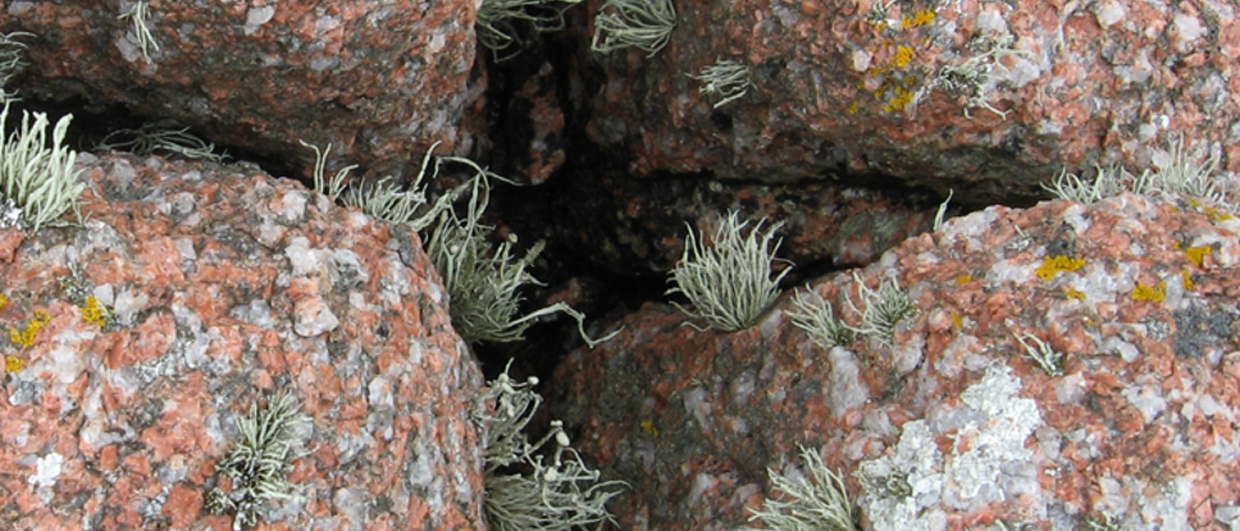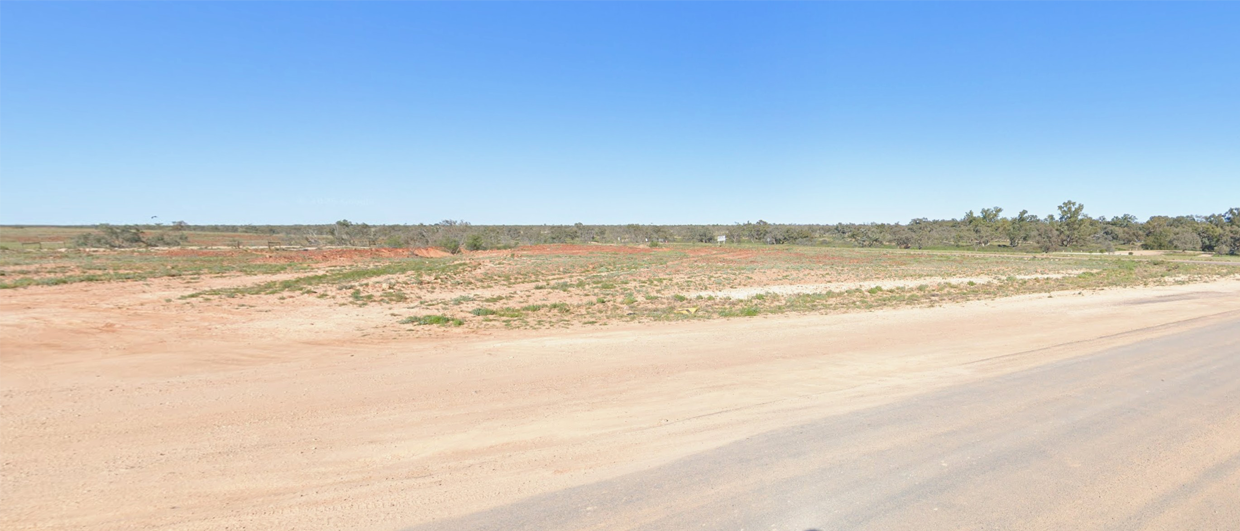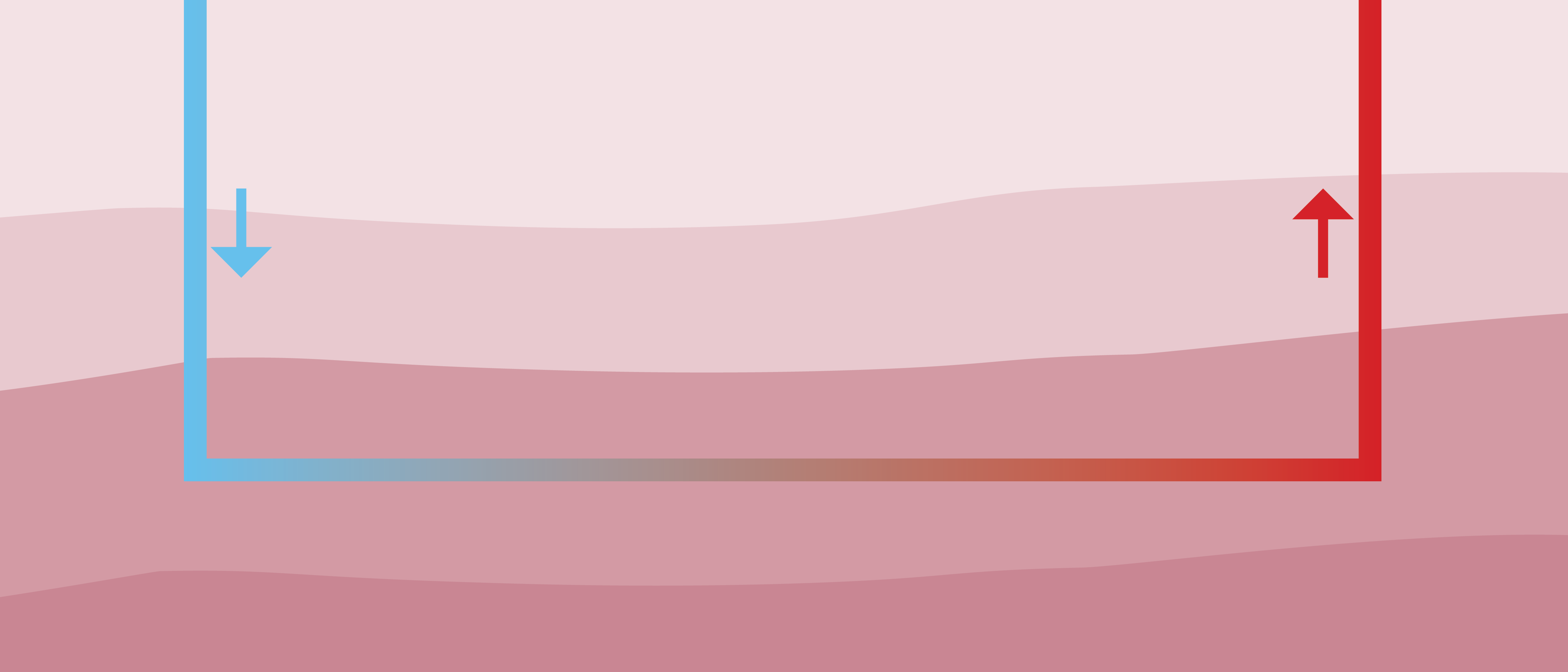As announced yesterday, Innargi – a company founded by Danish conglomerate A.P. Møller Holding in 2017 – will develop a large geothermal energy project in the Danish city of Aarhus on the eastern side of the mainland. The aim of the project is to supply up to 20% of heat demand of the district heating scheme through geothermal energy. It follows the award of geothermal exploration licences to Innargi near the Danish capital of Copenhagen in December 2021.
See also: It’s time for Denmark to step up geothermal energy production
The Aarhus plant is estimated to generate 110 MW, which is about 15 times more than the one and only geothermal system that is currently operating in Denmark, Thisted. The Thisted geothermal project produces geothermal energy from the Triassic Gassum Formation at around 1.25 km depth and has been successfully doing so since project start-up in 1984.

Exploration wells
The first step in the Aarhus project will be the drilling of exploration wells, according to the press release. Looking at the stratigraphy of a nearby legacy well – Rønde-1 – and knowing that the target depth is probably between 2 and 3 kilometres depth, it is likely that the Gassum Formation also forms the main target in Aarhus, similar to Thisted. In Rønde-1, the Gassum Fm attains a thickness of around 140 m and the top was found at 2613 m. It is therefore buried about twice as deep as in Thisted, which will have a positive effect on the temperature of the water produced. It is estimated that a temperature of around 60-80°C will be targeted.
Risk
A very important element of the announcement is the notification that Innargi carries all the subsurface risks of the project, safeguarding the city council and citizens from possible price hikes in case of unforeseen circumstances. Given that two geothermal projects in Denmark failed due to well design issues, which hopefully is included in the “subsurface risk” bracket, this is an important aspect of the project and possibly the one that convinced the stakeholders in Aarhus to get on board with it.
This risk model will probably need to be adopted on a large scale should geothermal energy become as widely used as many people wish. However, many companies active in the geothermal energy business will be significantly smaller than A.P. Møller Holding and potentially uncapable of carrying all the risks themselves.
HENK KOMBRINK





